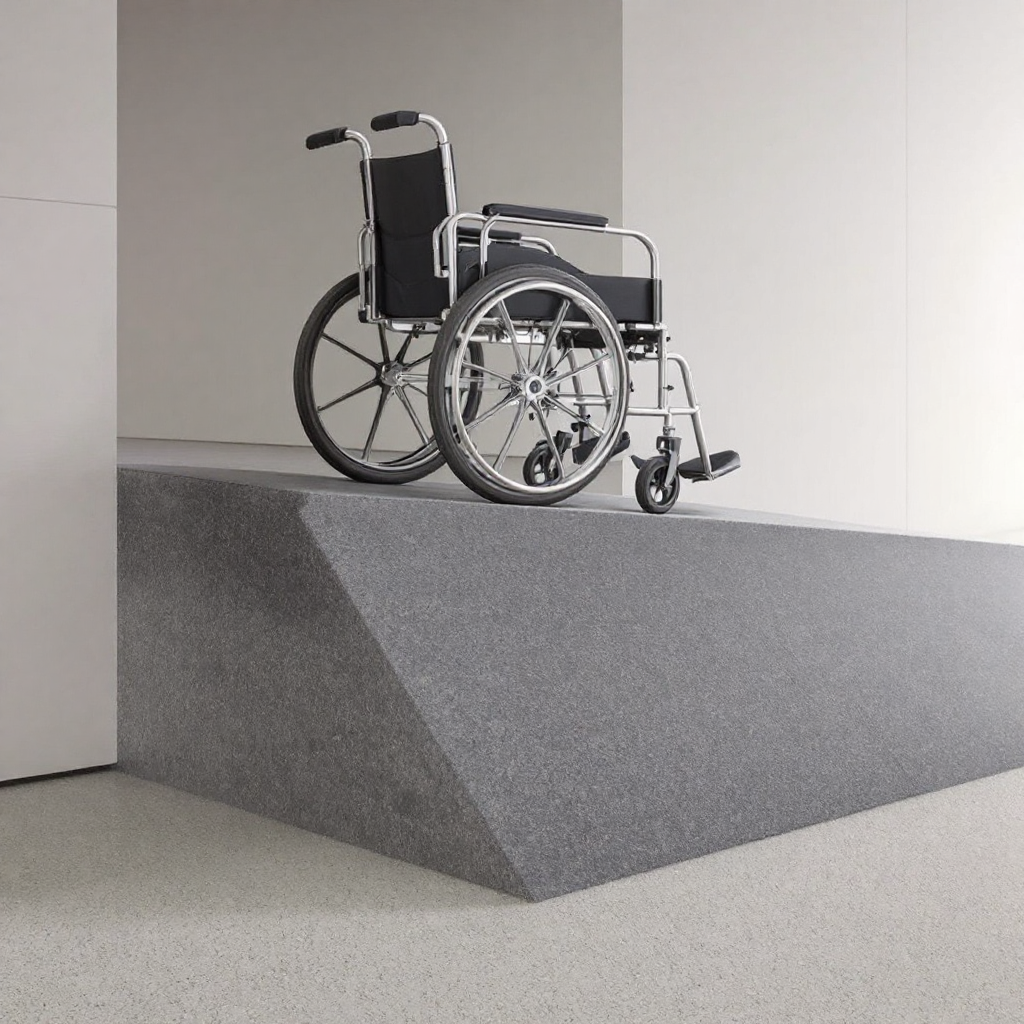
Can I work while receiving Social Security Disability benefits?
When considering if you want to apply to get Social Security Disability benefits, a lot of people worry about whether they can still work or not.
This could be for many reasons:
- Wanting to stay busy
- The need to be social at work
- Loving their job
The list could go on and on. But the answer to the question of whether or not you can work while receiving SSDI is simple. Yes. You can still work.
There are a few conditions though.
Substantial Gainful Activity
The term “Substantial Gainful Activity” is used in reference to the income limit you may reach when using the benefits of SSDI.
SGA is a way for SSDI to be able to keep the money gained each month under wraps. Depending on your disability, meaning if you are blind or have a heart problem, an amount of earnings is agreed upon.
Typically, if this agreed upon number is exceeded each month based on your earnings and you are gaining more from working than with SGA, then your SSDI may be terminated.
You must be aware of how much you are working and how much your income is, as it could be detrimental to your earnings as well as your SSDI eligibility.
Trial Work Period
There is a trial period, of about nine months of working (meaning that time period can be stretched out to longer), where you may exceed the SGA and have those earnings not affect your eligibility for SSDI.
The requirement during this nine month period is that you must report your working status and you must have a disabling impairment.
But the terms allow you to have full access to SSDI during that time regardless of how much you work.
Reporting Work and Earnings
A key thing to consider and remember during this whole process is that you absolutely must report your work activities and/or any changes that occur during your duration of using SSDI.
This means that any and all work done each month must be recorded and sent in. You must also:
- Explain what equipment is needed (crutches, walking stick, wheelchair, etc.)
- Explain if you are getting any other disability benefits
- Tell when you are moving home addresses
- Tell when you change bank accounts
- Divulge if you are able to manage your money or not
- Say if your marital status changes
- If you change your name
The list is a long one, so be sure to speak to your provider to make sure that you understand all of the necessary information to provide and keep track of.
Expedited Reinstatement
If your disability ends up causing long term or longer symptoms that do not allow you to work, you may be eligible for expedited reinstatement.
This means that you may have your benefits resume without needing to reapply for SSDI, you would just contact the person in charge of your case and explain the situation. They will handle it from that point on and allow your benefits to resume as normal.
Extended Period of Eligibility
This extension is essentially a way for the SSDI to track how you’ve been doing with the earnings provided.
If you have exceeded the monthly amount, you would not be eligible for this EPE.
However, if you successfully followed all the rules necessary, as well as still have a qualifying disability, you may be able to extend the benefits you have gained.
As we can see, there are some pretty strict rules when it comes to working while having SSDI.
The main reason behind this is because they don’t want to give away SSDI to those who are not truthful about their disabilities, and then in turn, take away possibilities from those who truly need it for their own disabilities.
So, be honest, careful and mindful of how much you work and what your income is if you want to keep your SSDI safe and secure for as long as you may need it for.





